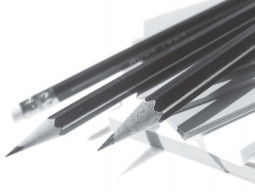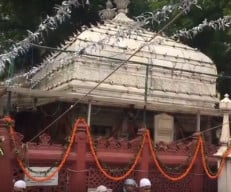
Monitoring and assessment of education indicators and teachers in the province is now being facilitated by the Punjab Information and Technology Board through technological tools which aim to bring reliable data while “monitoring those who are out to monitor.”
The PITB has developed several monitoring and assessment tablet tools through which Monitoring and Evaluation Assistants (MEAs) and District Teacher Educators (DTEs) started their work in May in select districts of the province.
The project has been started in collaboration with the School Education Department (SED).
The project was initiated in the first week of May as part of the Chief Minister’s Education Reforms. One of the monitoring tools designed for the MEAs focuses on a tablet app based on hardcopy evaluation forms being used previously.
Six basic indicators, including teacher and student attendance, school facilities, cleanliness and district administration visits are fed into the app with pre-determined field options from which MEAs make selections. The apps also geo-tag entries with a time stamp. MEAs are required to take pictures of themselves on the spot.
Currently, 230 MEAs in eight districts across the province are making use of the technology which utilises data from the SED.
PITB Enterprise Applications Director General Waqar Naeem Qureishi says the project lacks data required to ensure reforms in the education sector. He said the time lag in data transfer from districts, to be consolidated at the Programme Monitoring and Implementation Unit (PMIU), had also created hurdles.
“There are 1,000 MEAs who must visit 57,000 schools,” he says.
He said operational problems identified by the PITB included erroneous data reading, false or fabricated entries and typing errors.
“The MEAs were required to manually fill three-page evaluation forms during each visit,” he says.
He says data collected by MEAs manually was handed over to district officers, which is then compiled at district level and then consolidated at the PMIU.
“With the tablet apps, the time to collect information has been reduced,” he says.
PITB senior programme manager Badar Munir says, “The idea pin point problems in the education sector at the grassroots.”
Munir says the apps collect reliable data and provides a monitoring system for those who go out to monitor school programme.
“Those doing their work are identified as are those who aren’t,” he says.
A tab app for DTEs aimed at evaluating teachers by improving their output before, during and after lessons has also been rolled out.
The project, in Sheikhupura, employs over 100 DTEs.
It was launched last week.
Another assessment tool that aims to assess students on-the-spot in classrooms has also been fed as an app in tablets handed out to the MEAs.
“This helps us identify where the problem is along with its magnitude,” says Munir. Like all technologies, scepticism regarding efficacy of the tools has also emerged, say tool developers.
“The goal is to tie up all these parallel processes to identify areas of problems and offer solutions,” says Qureishi.
Issue of data connectivity in areas where there is no network coverage is dealt with by automatic storage of data entered by user in the tablet, according to app developers.
This data is then sent out when the tablets enters an area of network coverage.
Over the next three months, PITB aims to equip all the 1000 MEAs in the province with tablets.
Published in The Express Tribune, May 31st, 2014.
COMMENTS (2)
Comments are moderated and generally will be posted if they are on-topic and not abusive.
For more information, please see our Comments FAQ










































Good stuff. Seems similar to recently introduced KP Independent Monitoring Unit (IMU) which covers all primary schools of KP and monitors various indicators. Has resulted in good increase in teachers attendance and also provides valuable feedback at the same time (which is often hidden in the layers of our bureaucracy). Would be good if there can be collaboration and learning from both provinces' experiences.